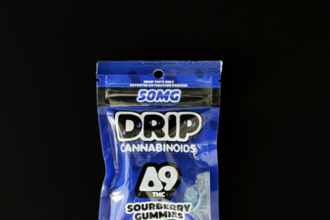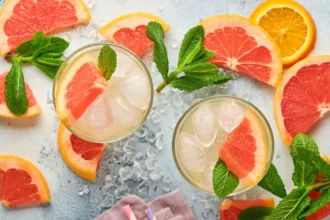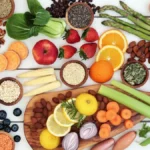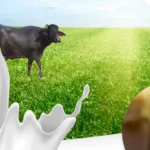The srotamsi or channels in the body act like paths or roadways transporting blood and sensory information, absorbing nutrients and expelling waste products from the body.
Vata, pitta, and kappa doshas move from one part of the body to another along the srotamsi (srotas) channels, both physical and energetic. There are many small srotamsi and they come together to create a larger srotas.
The body has many forms of srotamsi. A srotamsi is a passage, path, road, or highway. In addition to the gastrointestinal tract, other main highways include the respiratory, cardiovascular, auditory, nasal, and optic tracts.
There are a total of seventeen srotamsi. Three of these srotas receive, seven nourish and maintain the body and three to eliminate.
The srotamsi channels are Anna, Prada, Ambu, Rasa, Rakta, Mamsa, Meda, Asthi, Majja, Shukra, Artava, Rajah, Stanya, Purisha, Mutra, Sveda, Mano. Of these, this article is written on the meda Srota.
A Srotas (translated from Sanskrit-river/stream) is a channel through which nutrients, tissues (dh?tu-s), wastes (mala), and sensory information move and flow. There are many srotamsi (pl.) in the body; single cells, capillaries, n?dis, etc.. Smaller srotas can make up larger srotas, such as the larger m?ha srotas (the gastro-intestinal tract).
Each srotas has a sroto mula (root), a sroto marga (passage) and sroto mukha (mouth or opening). There can be disturbances to the flow in the srotas such as blockage, deficient or excessive flow, and false passage (the content of the srotas goes the wrong way).
Four Main Types of Imbalances (Sroto Dushti)
- Antipravrutti: When there is excess or overflow, for example, diarrhea or vomiting.
- Sanga: When there is stagnation of fluid due to an accumulation of toxins, bodily wastes or excess tissues. For example, constipation, blood clots, atherosclerosis, lymphatic congestion.
- Sira granthi: When there is dilution, growth, or swelling. For example, tumors or diverticulosis.
- Vimarga gamanam: When the flow goes in the wrong direction and even out the wrong channels. For example, bleeding of the nose, lungs or gums, pleurisy, hematoma, fistula or perforation.
The first three srotas are for receiving (Pr?na, Anna/food, Ambu/liquids). The next seven correspond to the seven dh?tus and are for nourishmant (Rasa, Rakta, M?msa, Meda, Asthi, Majj?, Shukra).
The last three are expelling wastes (mala) from the system (Sveda/sweat, Purisha/feces, M?tra/urine). In the female there are also two more srotas, ?rtava and Sthanya, which regulate menstrual flow and breast milk respectively.
The mind has a srotas called Mano, within which every thought and emotion has a smaller srotas.
The srotamsi are usually referenced singularly as ‘vaha srotas’. For example: Pr?na vaha srotas, Anna vaha srotas, etc..
Vaha translates as ‘carrying, bearing‘. Therefore, Anna vaha srotas is the “food carrying river” and so forth for the other srotamsi, respectively.















